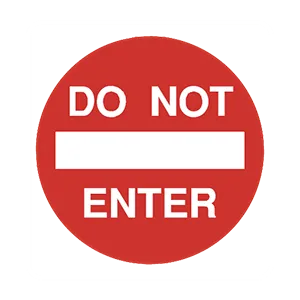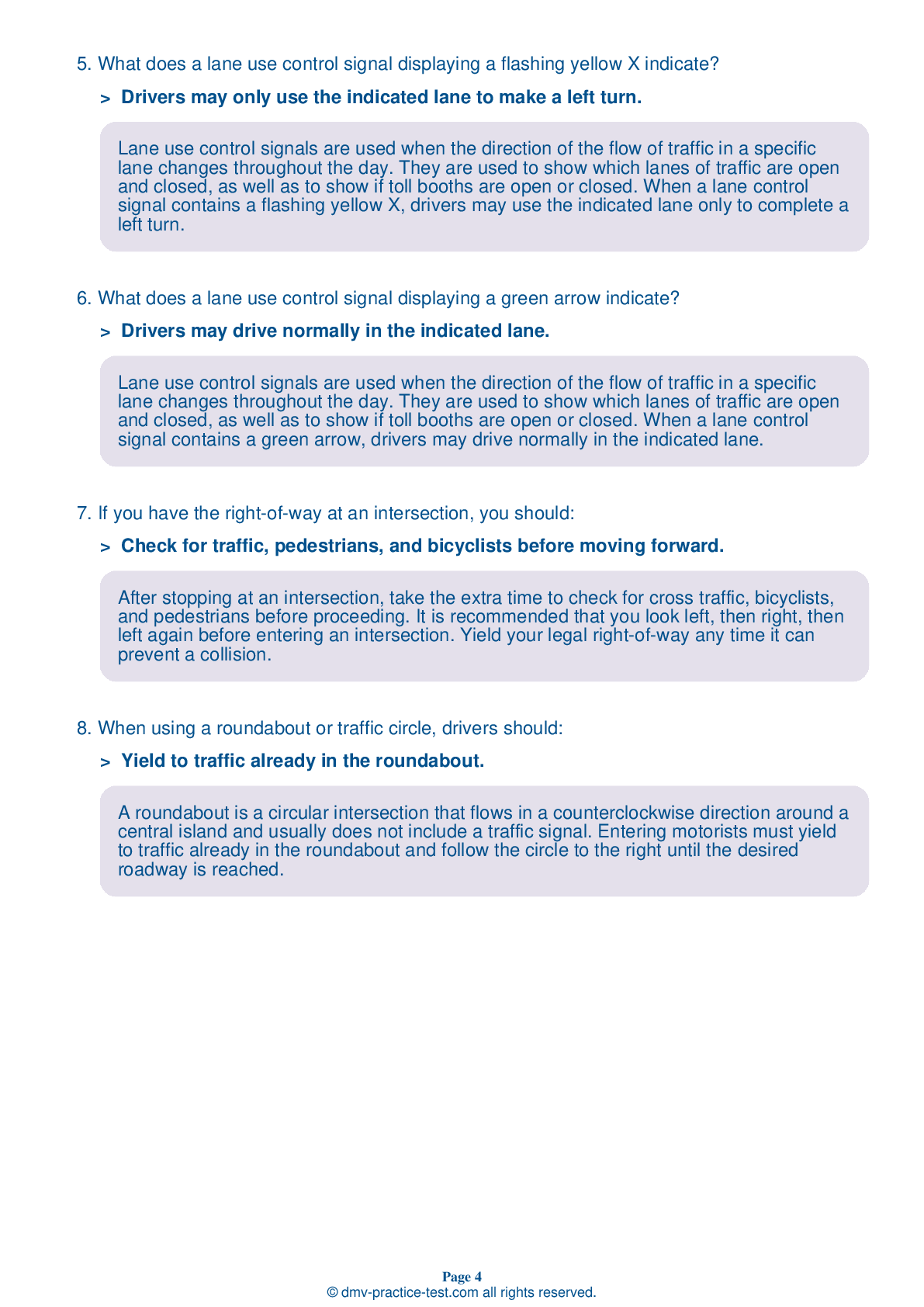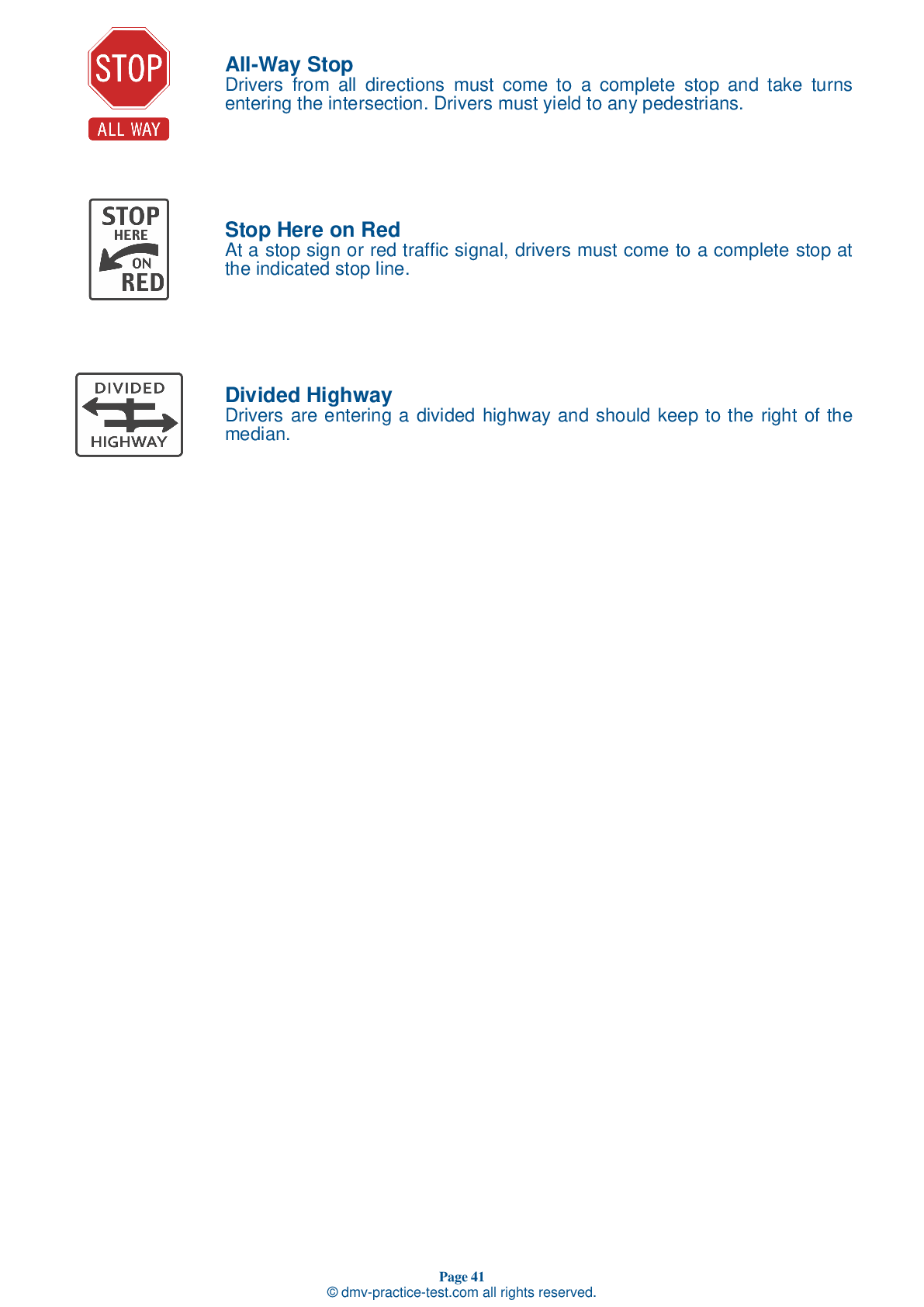FREE Maine DMV Practice Test #4
For January 2025, Maine's DMV practise exams have been updated. It includes questions based on the most important traffic signals and legislation for 2025 from the Maine Driver Handbook. To study for the DMV driving permit test and driver's licence exam, use actual questions that are very similar (often identical!) to the DMV driving permit test and driver's licence exam.
Each question on the practise exam has a tip and explanation to help you recall the ideas. Questions about traffic rules, traffic signs, and driving statutes, as well as knowledge from the Driver Handbook, will be included in the written portion of the official Maine DMV test.
You must properly answer 50 of the 60 questions to receive a passing mark. To help you prepare for your Maine instruction permit or driver's licence, take our DMV practise test.
The DMV exam is offered in a variety of languages.
Using any form of testing help will result in an automatic fail, and the DMV may take further action against your driver's licence, so avoid it.
1 . If traffic signals at an intersection are not functioning due to a power outage:
If a traffic light at an intersection is not functioning due to a power outage, yield to other drivers in the same manner as you would when approaching a four-way stop. When it is your turn, proceed through the intersection with caution.
2 . Defensive driving is:
You drive defensively when you identify dangerous driving situations and take action before an accident occurs. Defensive driving helps prevent conflicts with aggressive, offensive, discourteous, careless, inattentive, impulsive, ignorant, or intoxicated drivers or pedestrians.
3 . Drivers are not required to yield to pedestrians in a crosswalk.
A driver must come to a complete stop and yield when a pedestrian is in a marked crosswalk. A driver must also yield to a pedestrian who is in an unmarked crosswalk on the driver’s side of the roadway when there are no traffic control signals.
4 . This sign means:

This sign is posted on one-way streets and other roadways where a driver is not allowed to enter. A driver may see this sign if attempting to enter an expressway ramp in the wrong direction.
5 . Double solid yellow lines painted down the middle of the road mean:
Double solid yellow lines in the center of the road mean that passing is not allowed from either direction. You may not cross the lines unless you are making a left turn or passing pedestrians, bicyclists, and riders of scooters or skateboards when the opposite lane is clear and you can pass safely.
6 . When stopped at a red traffic light with a green arrow, you may proceed in the direction of the arrow if you:
You may proceed in the direction that a green arrow signal is pointing if you are in the proper lane, regardless of any other signals that are displayed. Before turning, you must yield the right-of-way to pedestrians and vehicles already within the intersection.
7 . When meeting a car with blinding headlights, you should:
If a vehicle comes toward you with its high beams on, look away from the headlights and toward the right side of the road until the car has passed. This will keep you from being blinded.
8 . How can you help prevent rear-end collisions?
Stopping suddenly can make it difficult for drivers behind you to avoid a rear-end collision. When stopping, release the accelerator to allow your vehicle to slow. Press the brake pedal by applying steady pressure, activating your brake lights and causing the vehicle to stop smoothly.
Need Car Insurance? No problem!
Compare the best rates in Maine and find a personalized policy that meets your needs.
1. Are You Currently insured ?
2. Married ?
3. Do you own your Home?
4. Do you have more than 1 car ?
5. Have you or a Family Member Honorably Served in U.S. Military ?
6. Your Name
7. Age
8. Zip code
IMPORTANT REMINDER:Auto Insurance is Mandatory to drive in Maine. Get covered before you hit the road to avoid any fines.
Ranked by best match



